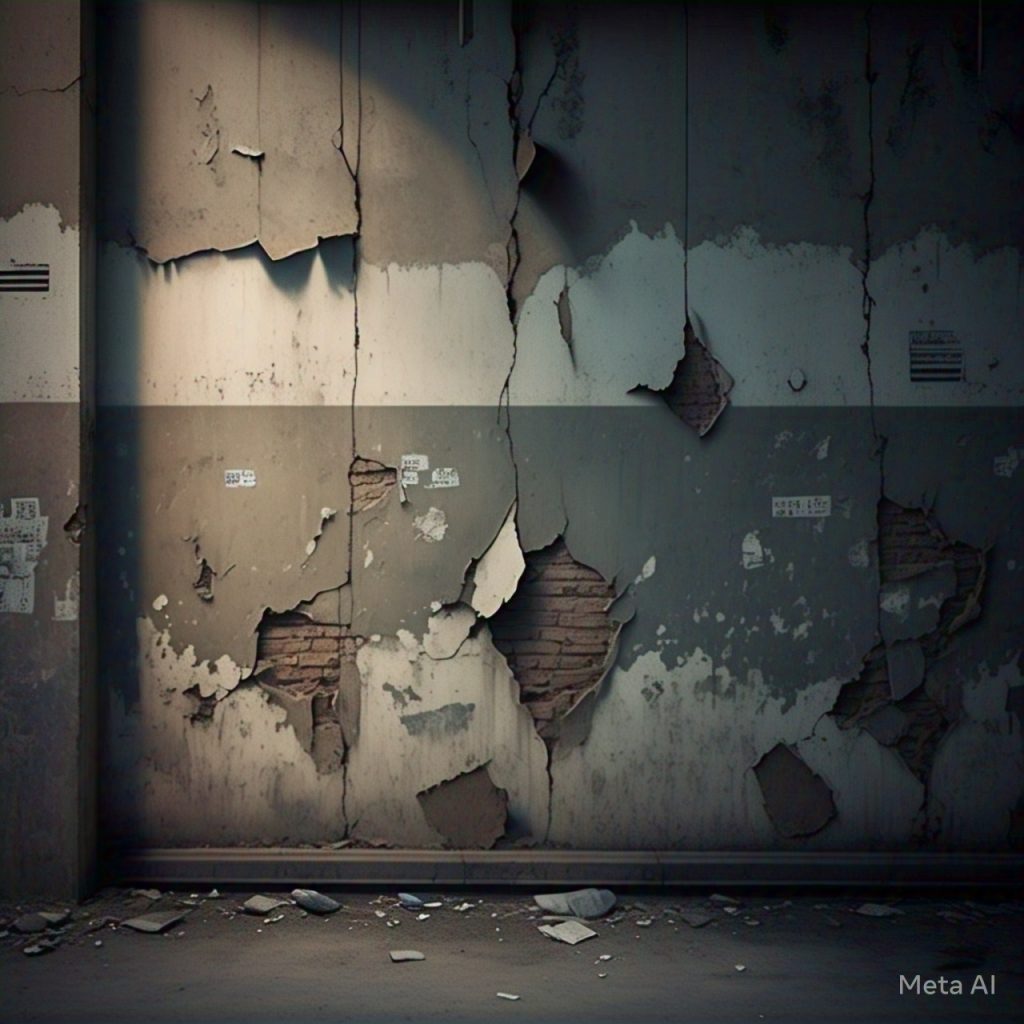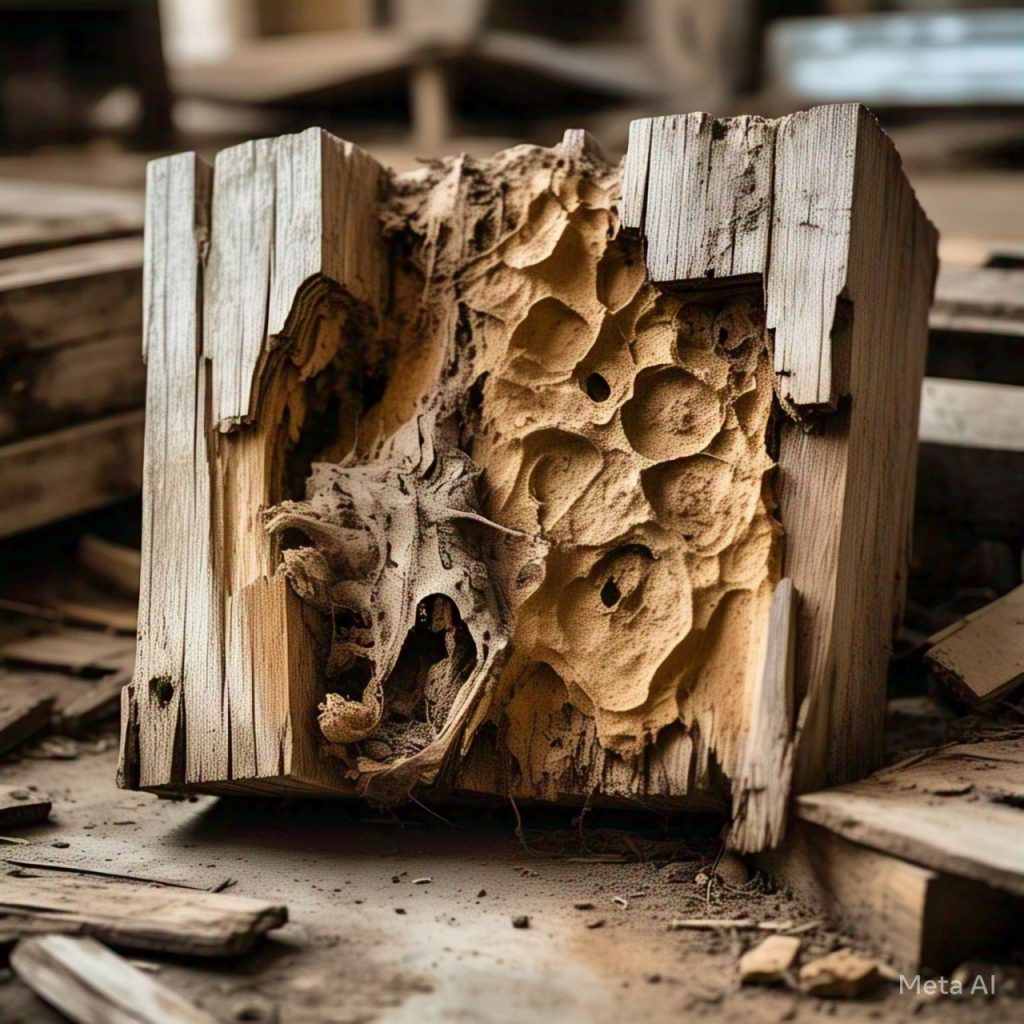Table of Contents
Introduction
Property damage has always been a concern for homeowners, businesses, and governments. However, the 21st century presents unique challenges and emerging threats that significantly impact property integrity. From climate change to technological risks, various factors contribute to property damage today. Understanding these causes can help individuals and organizations take proactive steps to mitigate risks and protect their investments.

1. Climate Change and Natural Disasters
Climate change has intensified the frequency and severity of natural disasters, leading to increased property damage worldwide. Key contributors include:
- Hurricanes and Storms: Stronger storms with heavier rainfall and high-speed winds cause extensive damage to buildings, infrastructure, and landscapes.
- Flooding: Rising sea levels and excessive rainfall lead to widespread flooding, damaging foundations, electrical systems, and interiors of properties.
- Wildfires: Hotter, drier conditions have increased the frequency of wildfires, destroying homes and businesses.
- Earthquakes and Landslides: Urban expansion in earthquake-prone areas and deforestation contribute to greater structural vulnerability.
2. Poor Construction Practices and Aging Infrastructure
Many properties suffer damage due to substandard construction or aging structures.
- Use of Inferior Materials: Some builders cut costs by using low-quality materials that deteriorate faster.
- Lack of Proper Maintenance: Aging infrastructure, such as old bridges, pipelines, and buildings, requires consistent upkeep, but many go neglected.
- Non-Compliance with Building Codes: Failure to adhere to construction regulations leads to unsafe structures prone to damage from environmental and human-made factors.

3. Water Damage and Plumbing Failures
Water damage is one of the most common causes of property destruction. Key reasons include:
- Leaking Pipes: Poorly maintained plumbing systems can lead to extensive water damage, mold growth, and weakened structural integrity.
- Sewage Backups: Blocked or faulty sewer lines result in contamination and costly repairs.
- Roof Leaks: Aging or improperly installed roofs allow water infiltration, causing damage to ceilings, walls, and interiors.
4. Fire Hazards and Electrical Failures
Fires remain a leading cause of property destruction, fueled by both natural and human-made factors.
- Electrical Malfunctions: Faulty wiring, overloaded circuits, and outdated electrical systems contribute to house and building fires.
- Cooking Fires: Unattended stoves, grease fires, and malfunctioning appliances cause extensive property loss.
- Candle and Heater Mishaps: Open flames and improperly used heating devices pose significant fire risks.
- Lightning Strikes: During storms, lightning can ignite fires, leading to severe structural damage.
5. Cybersecurity Threats and Smart Home Risks
The rise of smart home technology has introduced new risks to property owners.
- Hacking and Cyber Attacks: Unauthorized access to smart security systems and connected devices can leave properties vulnerable to break-ins.
- Power Grid Disruptions: Cyberattacks targeting power infrastructure can lead to electrical failures, damaging appliances and electronics.
- Automated System Failures: Malfunctions in automated fire suppression or security systems may result in greater property losses.
6. Human Activities and Negligence
Many cases of property damage stem from human actions, either intentional or accidental.
- Vandalism and Theft: Break-ins and property defacement result in financial losses and decreased property value.
- Construction Accidents: Poor workmanship or negligence during renovations can compromise structural integrity.
- Improper Waste Disposal: Chemicals and hazardous materials disposed of incorrectly can cause environmental contamination and property degradation.
7. Pest Infestations

Pests can cause significant damage to buildings and interiors if not managed properly.
- Termites: These insects weaken wooden structures, making properties unsafe.
- Rodents: Mice and rats chew on wires, pipes, and insulation, leading to fire hazards and plumbing issues.
- Mold and Mildew: Excess moisture promotes mold growth, which deteriorates materials and affects indoor air quality.
8. Urbanization and Overpopulation
The rapid growth of urban areas leads to increased property risks.
- Overcrowding: Dense populations in cities increase wear and tear on infrastructure and housing.
- Lack of Green Spaces: Removal of trees and vegetation exacerbates flood risks and heat damage to buildings.
- Pollution and Corrosion: Industrial activities release pollutants that erode buildings and materials over time.
9. Insurance and Legal Challenges
Many property owners face challenges in securing adequate protection.
- Inadequate Coverage: Some policies exclude specific natural disasters or damage types, leaving owners financially vulnerable.
- Fraudulent Claims: False claims increase costs for insurers, leading to higher premiums for property owners.
- Legal Disputes: Property damage claims can become entangled in lengthy legal battles, delaying repairs and compensation.
Conclusion
Property damage in the 21st century arises from a combination of environmental, technological, and human factors. While some threats, like natural disasters, are unavoidable, proactive measures such as proper maintenance, adherence to safety codes, and investing in smart security can help mitigate risks.
For immediate assistance with Mold restoration, contact PuroClean Disaster Restoration, Call (+1) 317-467-4436 or (+1) 260-263-9788 for Fort Wayne location
Property owners must stay informed about emerging threats and adopt strategies to protect their assets against both traditional and modern hazards.



 PuroClean Disaster Restoration
PuroClean Disaster Restoration